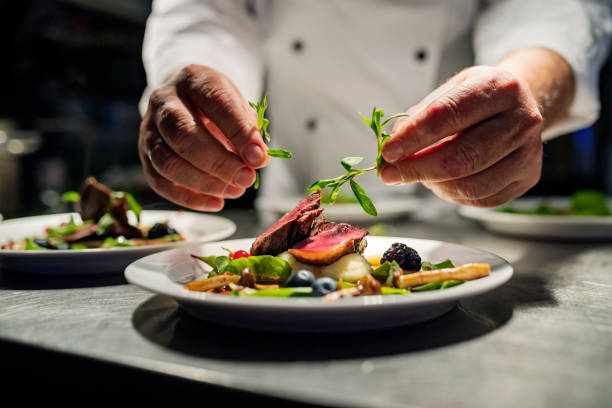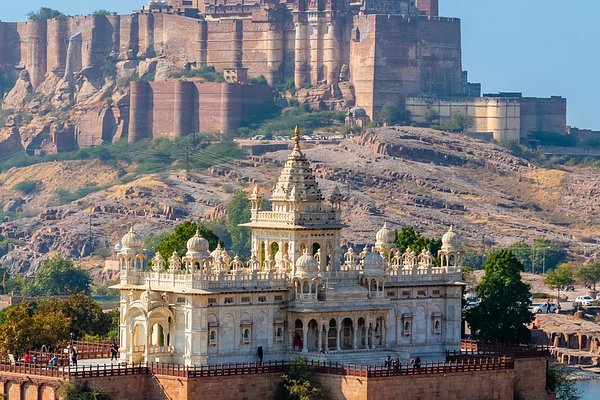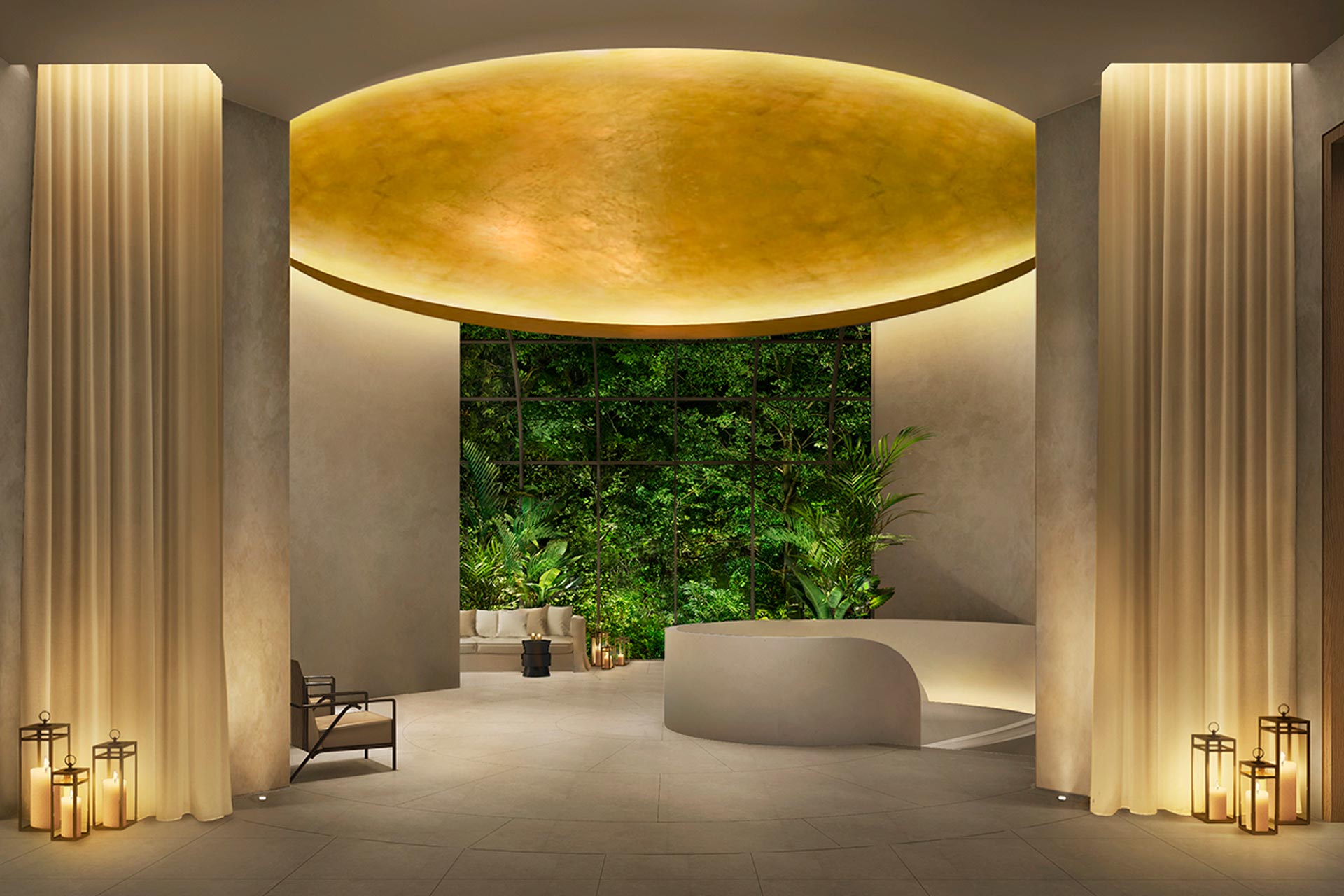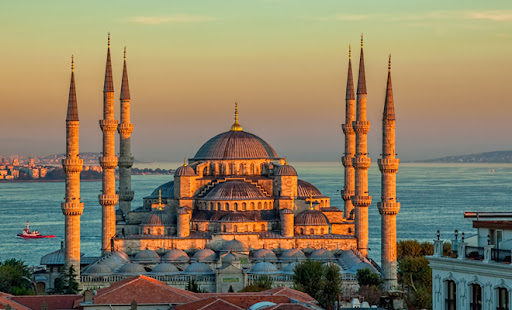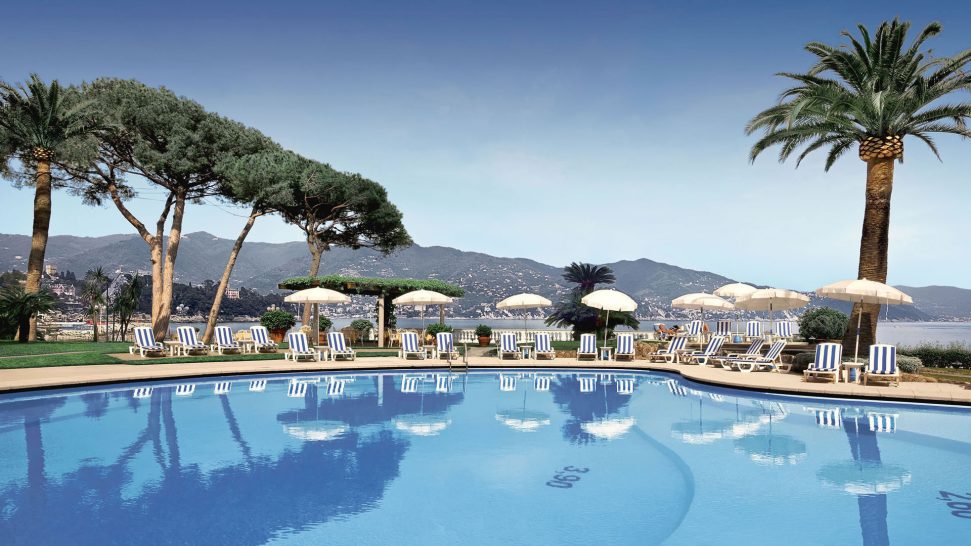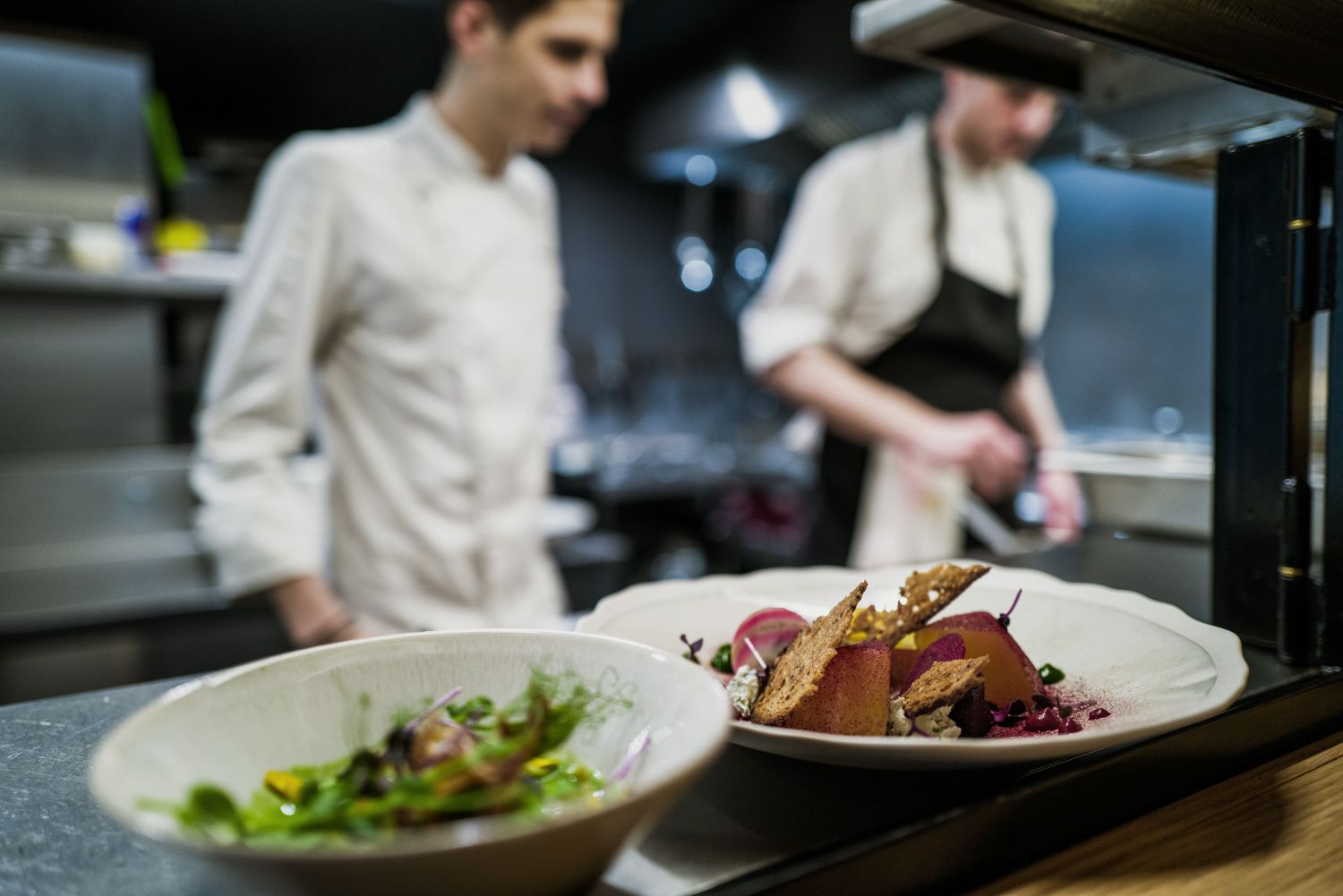Asia’s 100 Best Hotels 2025: The New Power Map of Luxury
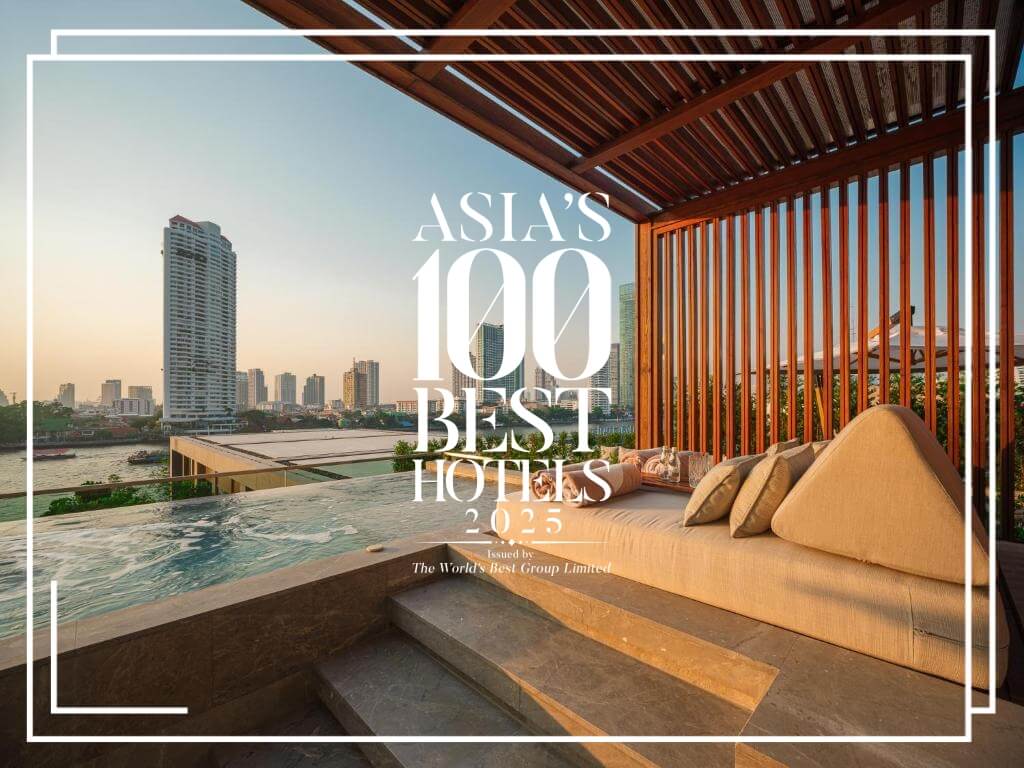
Asia in 2025 doesn’t merely participate in global hospitality—it sets the benchmark. This year’s Asia’s 100 Best Hotels codifies a decisive shift toward experience-first luxury: urban icons with world-class culinary and design programs stand shoulder-to-shoulder with island sanctuaries defined by nature, privacy, and restorative wellbeing.
Four mega-hubs—Tokyo, Hong Kong, Singapore, and Bangkok—anchor the top of the table, while Japan leads the country leaderboard by breadth and depth of excellence. Brand leadership is equally clear: the canon is studded with standard-bearers such as Aman, The Ritz-Carlton, Four Seasons, Mandarin Oriental, Park Hyatt, Six Senses, Capella, and Oberoi, each demonstrating distinctive interpretations of Asian luxury.
Riverfront capitals and skyline flagships have never been stronger: Bangkok, Hong Kong, Tokyo, and Singapore collectively shape the narrative of contemporary Asian luxury—design-forward, culinary-led, and service-choreographed. At the same time, Indonesia, the Maldives, Sri Lanka, and the Philippines reaffirm the enduring pull of barefoot sanctuaries where privacy and nature define value.
Within the 2025 Top 100, Japan commands the field (21 placements), followed by India (12) and Thailand (10). China and the Maldives register eight each; Indonesia and Vietnam seven each; Hong Kong SAR and Singapore six each. The spread underscores a region that is both geographically broad and stylistically plural.
The strongest performers win on identity, ritual, and craft, not merely inventory. Among the most represented banners in the Top 100:
Across the ranking, we see a shared playbook: story-driven interiors, destination-anchored dining, spa & wellbeing as core program (not add-on), and sustainability that is felt, not merely declared—short supply chains, habitat stewardship, and cultural partnerships that go beyond tokenism.
The opening segment of the list crystallizes 2025’s DNA. The Top 10 blends urban authority and heritage gravitas: Capella Bangkok (No. 1), Rosewood Hong Kong (No. 2), Aman Tokyo (No. 3), Mandarin Oriental, Bangkok (No. 4), Raffles Singapore (No. 5), Regent Hong Kong (No. 6), Taj Mahal, New Delhi (No. 7), Bulgari Hotel Tokyo (No. 8), Four Seasons Hotel Bangkok at Chao Phraya River (No. 9), and The Oberoi Amarvilas, Agra (No. 10).
The next tier broadens the canvas: Aman Kyoto, Mandapa (a Ritz-Carlton Reserve, Ubud), Amangalla (Galle), The Upper House (Hong Kong), Nihi Sumba, Nay Palad Hideaway (Siargao), Four Seasons Hotel Tokyo at Otemachi, The Oberoi Rajvilas (Jaipur), The Peninsula Tokyo, and a Mandarin Oriental coastal outpost in Malaysia—a crisp snapshot of how Asia balances metropolitan theatre with island seclusion.
East Asia and Southeast Asia are essentially co-leaders by representation, with South Asia close behind—evidence of a three-way equilibrium between craft-obsessed Japan, cuisine-and-design-rich Southeast Asia, and South Asia’s blend of palace heritage and wellness traditions.
Tokyo stands as the region’s most prolific single city (double-digit placements), while Hong Kong and Singapore punch far above their geographic weight. Bangkok remains the archetype of “urban resort” energy, with multiple hotels clustered at the top of the ranking—riverfront views, destination dining, and spa culture woven into city life.
Aman sits in a class of its own—serenity, locality, ritualized calm—commanding consistent high placements across Japan, Indonesia, and Sri Lanka. Four Seasons and Mandarin Oriental dominate city prestige with destination restaurants and skyline panoramas. The Ritz-Carlton balances urban polish with immersive Reserve sanctuaries. Six Senses remains the wellbeing thought-leader, while Capella converts intimacy into disproportionate impact (including the No. 1 position). Oberoi, Taj, and ITC uphold India’s spectrum from palace to contemporary, while Rosewood, Bulgari, Regent, and Raffles amplify couture design with heritage gravitas.
For travelers, Asia’s 100 Best Hotels is the ultimate shortcut to experiences with gravity—destinations worth the journey. For the industry, it is a living syllabus of what defines excellence today: coherent design narratives, obsessive service, culinary ambition, and credible sustainability. Above all, it celebrates hotels and resorts that change how guests feel, long after checkout.
Executive Summary
The Big Picture: What the List Tells Us
1) City prestige is ascendant—without eclipsing island calm.
2) The country leaderboard is decisive.
3) Brand signatures matter more than amenities.
4) Experience architecture > asset architecture.
Top of the Table: Signals from the First Twenty
Regional Balance & City Gravity
How the Best Are Winning (and Why Guests Notice)
Reading the Brand Landscape
Methodology, at a Glance
Why This Canon Matters

